Many mobile game apps have reached over 1 million users at the start of their CPI campaign in 2024.
Every mobile app needs promotion to get in front of people who might want to use it. This is the only way for an app owner to build a business that will last. When it comes to mobile apps for e-commerce businesses, the app is just another way to reach customers. To get new customers, you still need app marketing.
1. What is Cost Per Install (CPI) mean?
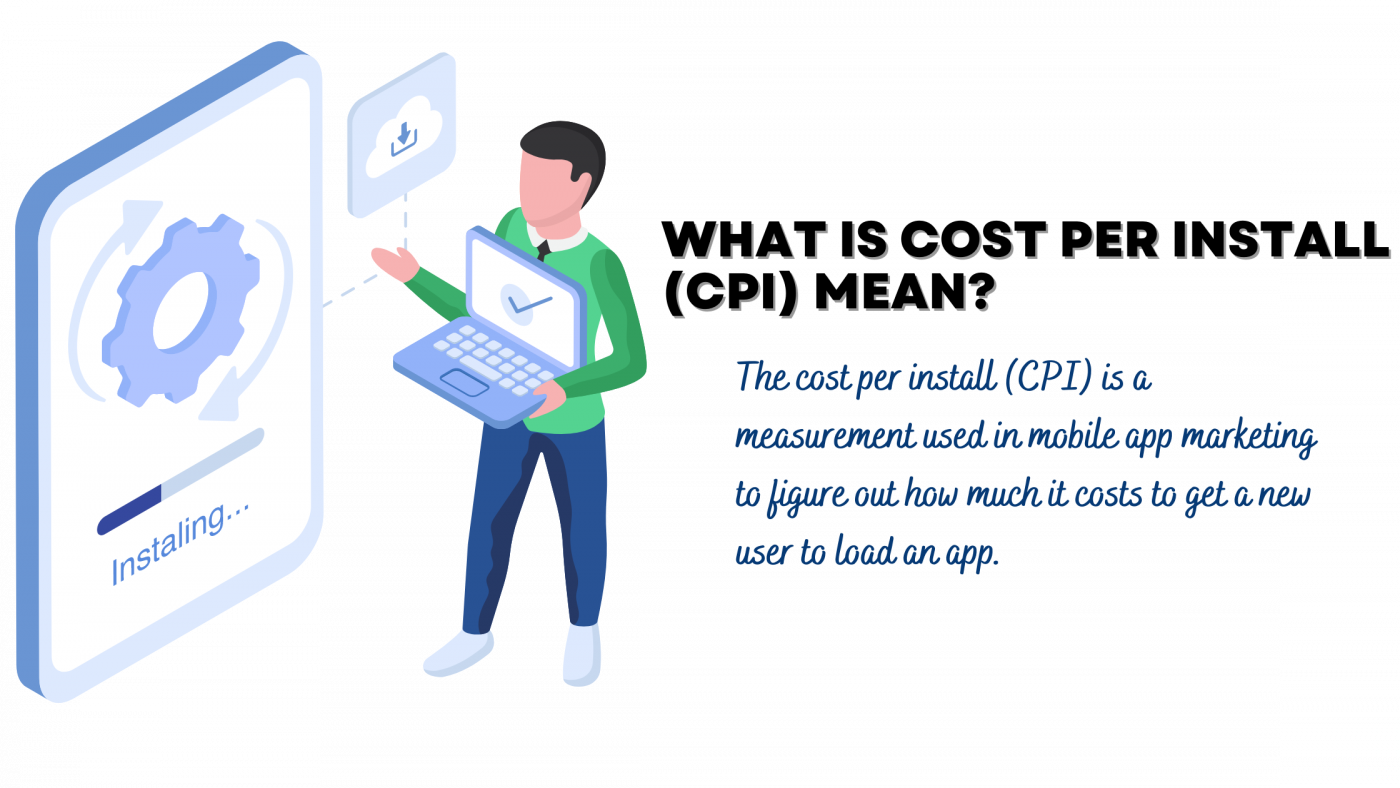
The cost per install (CPI) is a measurement used in mobile app marketing to figure out how much it costs to get a new user to load an app. It basically tells you how much you have to pay for each new person to download and run your app. This metric is very important for app developers and marketers because it has a direct effect on the budget and success of marketing efforts.
2. Why does CPI matter?
This is how to think about it: You can see how much “bang you’re getting for your buck” with CPI. To keep your marketing budget on track, it’s important to know how much it costs to get each new user.
Save money
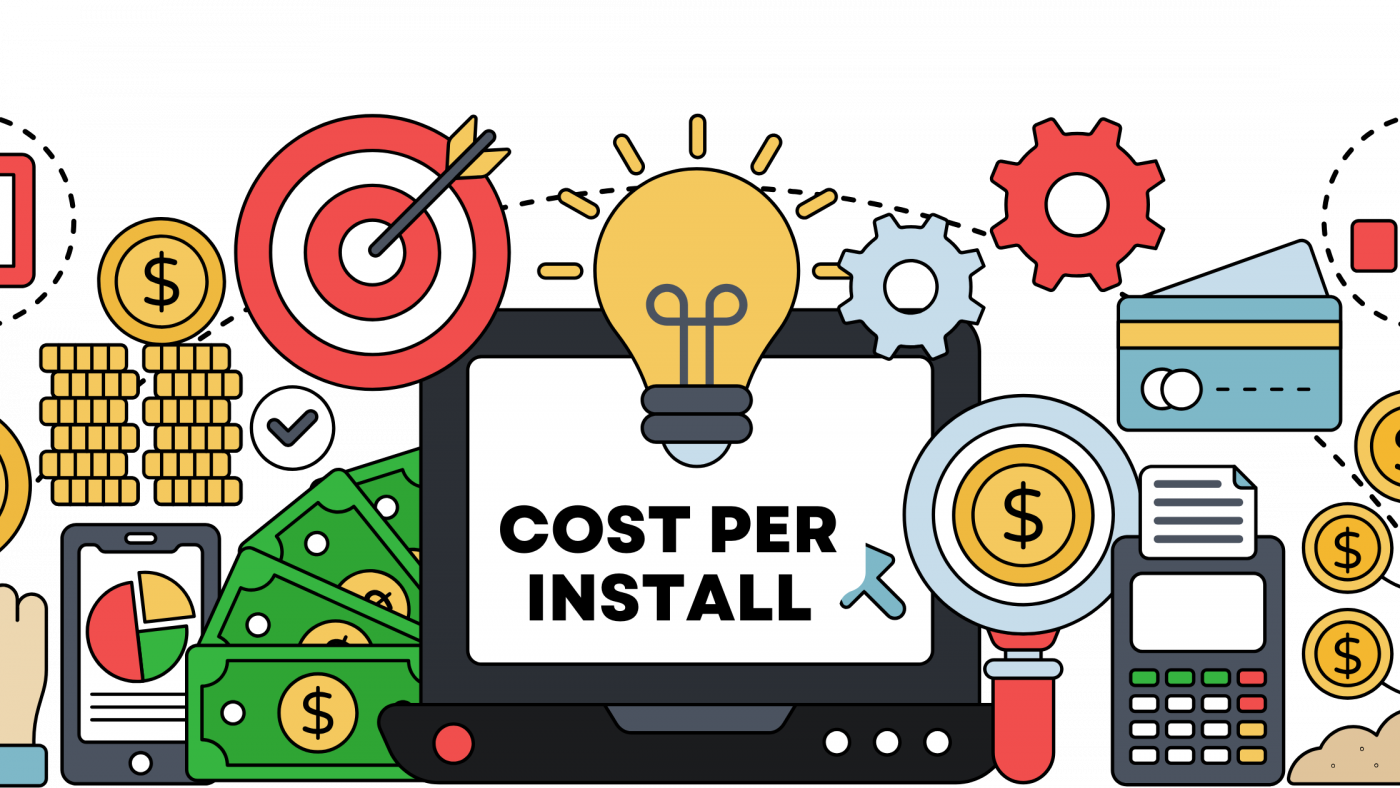
You can see which ads get the most hits for the least amount of money. With this, you can save money and get more files for your money.
Compare Like a Pro
CPI lets you compare how well various ad networks are doing. It’s kind of like a report card; you can see which ones get you the most downloads and get rid of the ones that don’t.
Quality over Quantity

Not every file is the same. It might look like you have a low CPI, but it could mean that people are downloading your app but not using it. You can make sure you’re getting good users by looking at both CPI and how people interact with your app.
3. Why is the CPI a good measure?
A big mobile marketing business called Fiksu (now BidMind) stopped including CPI numbers in their main set of Index reports in May 2016. “CCI should no longer be the central metric to measure app marketing success,” the company says. “It still has a role to play.” The logic behind this was that more and more reports showed that the “app craze” was ending. The number of app installs wasn’t a good indicator of how popular your app was because people didn’t open as many apps as they used to. This, along with the fact that the most popular apps are free to download and make money through in-app purchases or online stores, also disproves this idea.
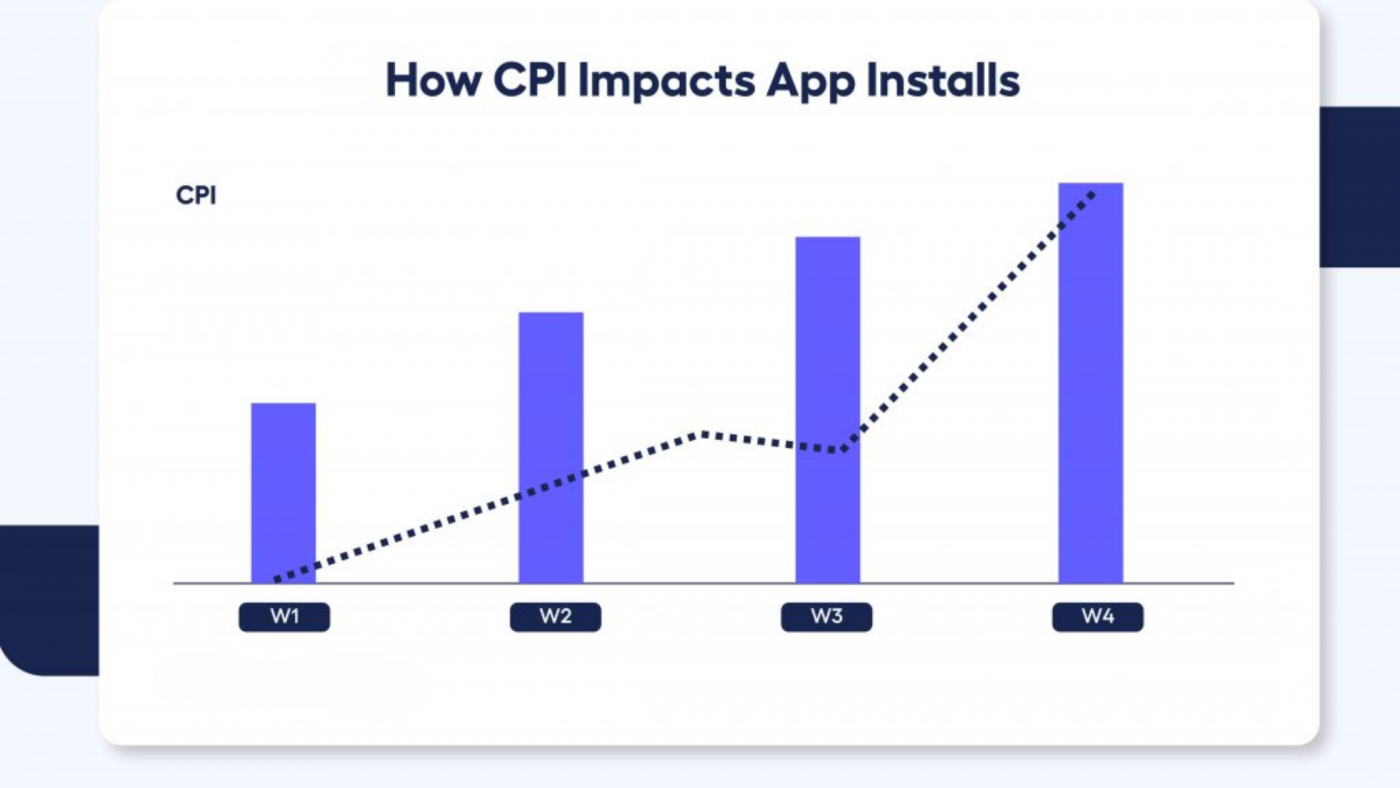
However, if you’re selling the app itself and not an eCommerce item, CPI is still more important than CPM. It’s still a great way to measure game engagement, especially if you set the payout to happen when a certain goal is met in the game. This is a much better indicator of user engagement than just downloading.
4. Android vs iOS games in terms of Cost Per Install
So, let’s compare the Cost-Per-Install for Casual, Mid-Core, Hardcore, Puzzle, Strategy, Action, RPG, Sports, Simulation, and Arcade games on iOS and Android.
The average CPI for casual games on iOS is much higher than on Android; it’s $1.5 for Android and $2.5 for iOS. This means that iOS is the clear winner. The reason for this difference is that iOS users have a higher lifetime value because iPhone owners usually spend more on apps and other Apple goods or services. The cost per acquisition (CPI) goes up because marketers are willing to spend more money to get these app users.
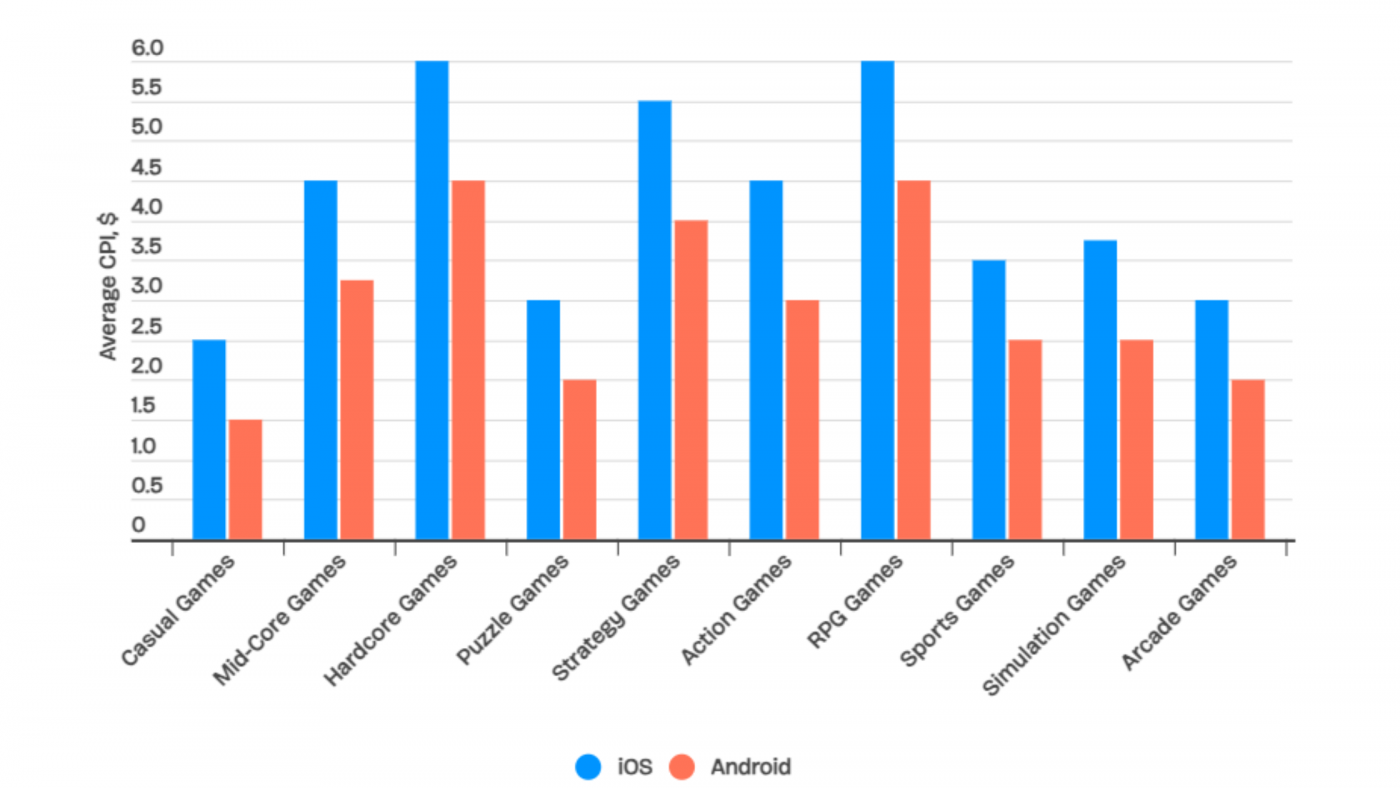
In fact, making a single iOS Mid-Core game install costs an average of $4.5, while making an Android version of the same game install costs $3.25. Installing a Hardcore game costs $6 on iOS but only $4.5 on Android. Puzzle games cost $3 on iOS but only $2 on Android, and strategy games cost $5.5 on iOS but only $4 on Android. In fact, this trend of iOS CPI being higher than Android CPI can be seen in all types of games.
5. Tips on how to pick a CPI network
When you pick a CPI marketing provider, you should think about a few things. Many times, a CPI strategy that is well-targeted will work. But the devil is in the details, so here are some things to watch out for.
1. Alignment of the target group

The most important thing about your user acquisition strategy is that it targets the right people. You need to talk to people who might be interested in your app, after all. So, two things you should look at about a network or tool you’re thinking about using for your UA needs are the types of people who use it and where they live. With the right demographics, you can be sure that you’ll be able to reach people of the right gender, age, location, and interests. To get the right geographic reach, you need to choose a network or site that is well-known in that area.
2. Formats for ads and ways to be creative
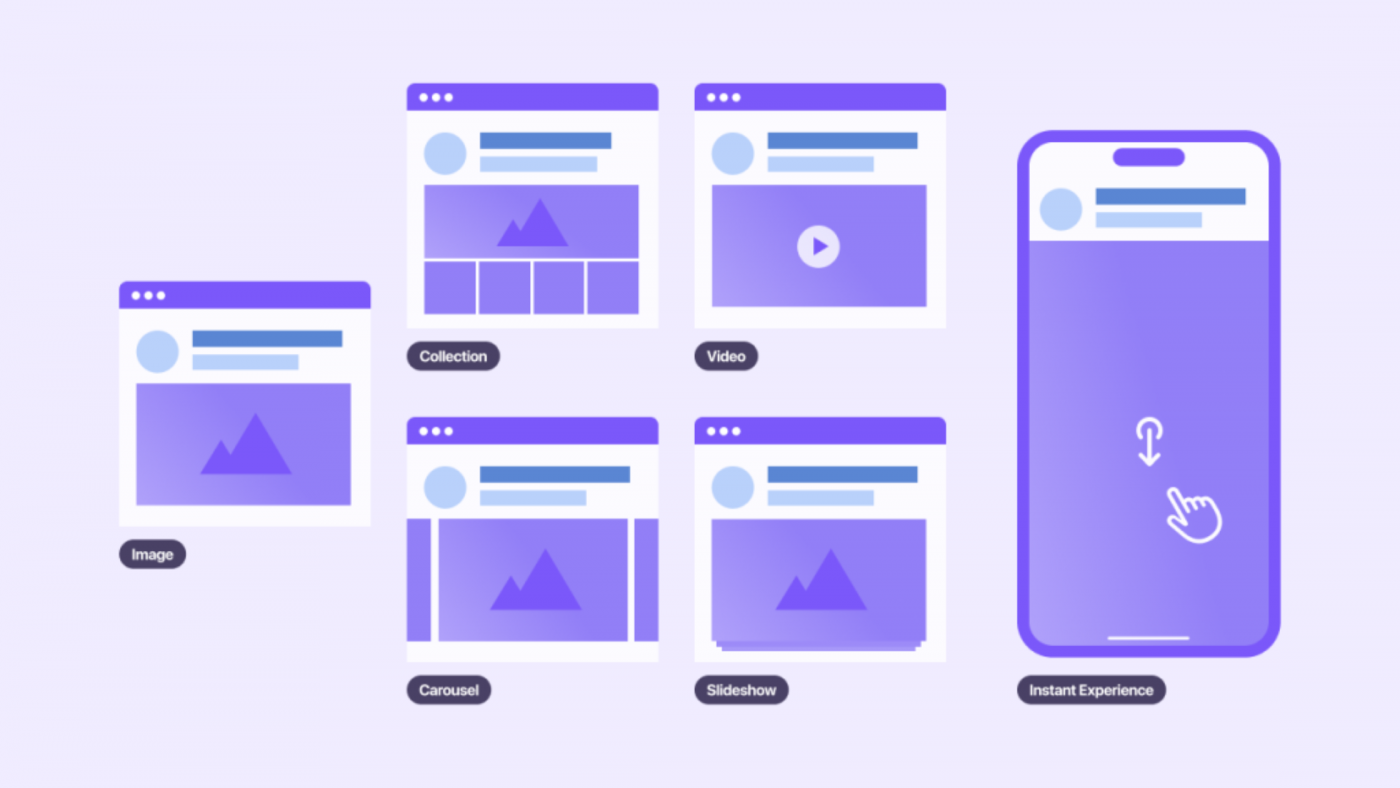
As a general rule, you should look for ad networks and platforms that let you try different ad formats and offer A/B testing. This way, you can find the best mix of text, image, and video creatives to get your message across to your audience.
3. Reach and stock on the platform
You need an ad network with a large enough user group if you want to keep adding new people to your mobile app over time. It’s also important to make sure that the platform or ad network can actually give you inventory with premium and relevant settings that will make your ads more relevant.
4. Being able to target
You should look for ad networks or platforms that have the best targeting options. The more specific they are and the more types of information they use to target your ads, the better.
5. Analytics and tracking of performance
You need to have real-time analytics and reliable attribution tools in your app marketing strategy. Both will help you plan your ad strategy and decide which ad channels to use and what changes to make to your app.
6. Models for costs and prices
You can be sure that the cost per install for each ad network or site will help you choose the best partner. You should also pay attention to the budgeting choices so that you can set daily and lifetime budgets.
7. Stopping fraud
Fraud protection is something that needs to be added to this list of things to think about. A big part of digital advertising budgets is wasted on fake traffic, which is a sad truth that everyone knows. When you look at a platform or ad network, make sure you find out what exact steps and tools are in place to fight fraud.
8. Privacy and Following the Law
Make sure that the network or platform follows privacy laws like GDPR and CCPA and has strong data protection policies. Check out how the network deals user data and privacy issues, especially since regulators are becoming more strict.
6. Conclusion
It’s clear that mobile app marketers no longer find the CPI measure as interesting as they used to, but it’s still an important part of their work.

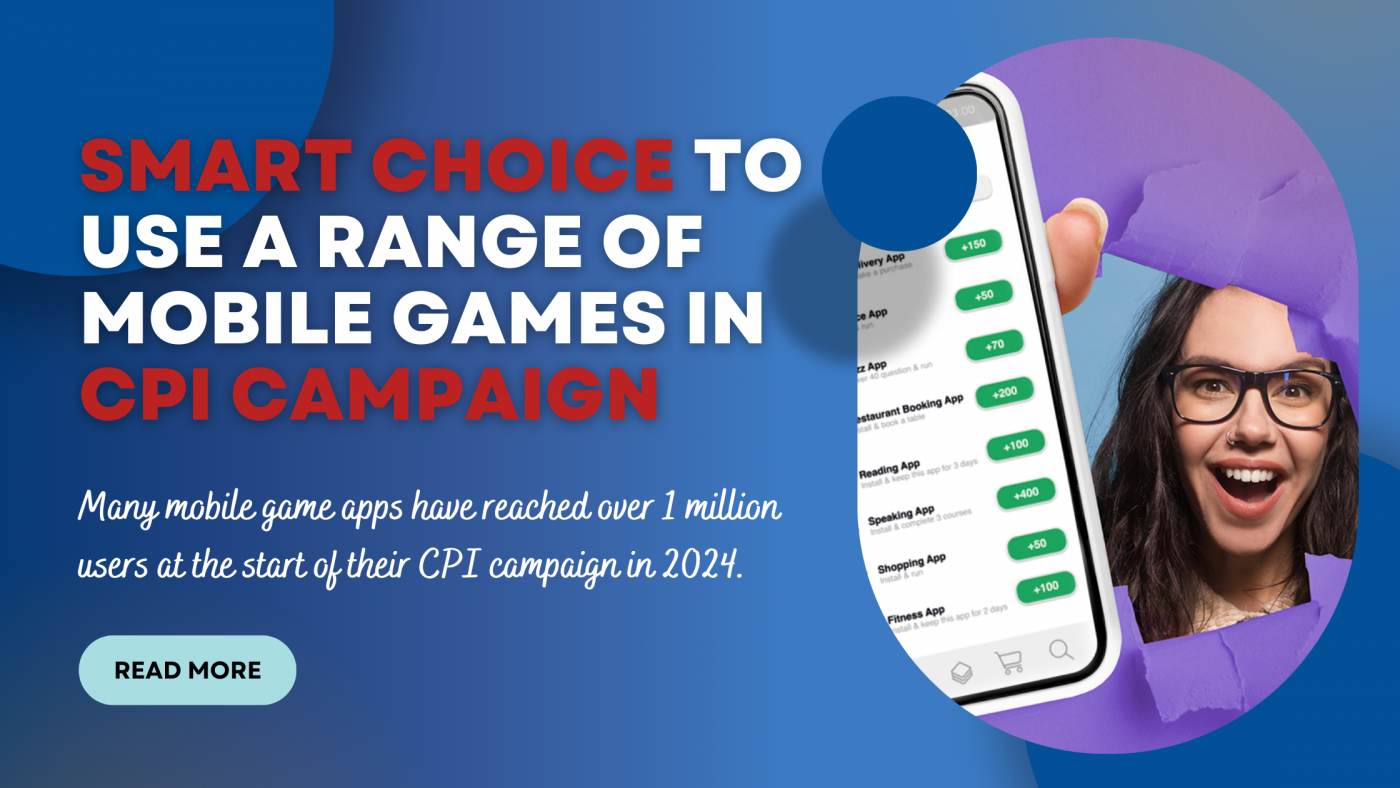
Pingback: 10+ Best CPI Networks For Affiliates in 2024 - DigitalTech Media